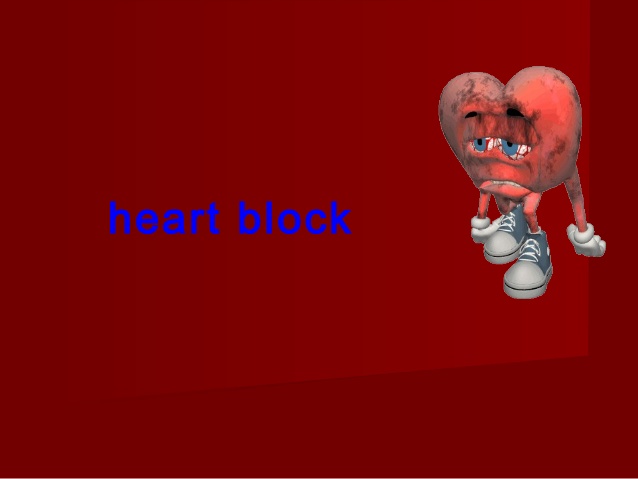A healthy human heart beats about 60 to 100 times a minute. A heartbeat is a contraction of the heart muscle that pushes blood around the body. Generally, the contraction of every heart muscle is controlled by electrical signals that move from the atria, or ventricles, to the upper chambers of the heart. , Or travel to the lower chambers. A partial heart block occurs when electrical impulses are delayed or stopped, preventing the heart from beating regularly. A complete heart blocker is when electrical signals are completely switched off. The heartbeat will drop about 40 times per minute. There is also a change in impulses that can only cause a block of the heart in fractions of a second. Sometimes, a heart blocks the heart to make the blood circulation to the circulatory system. It makes difficult to pump properly through, so muscles and organs, including the brain, do not get enough oxygen to function properly. Depending on the severity of the heart block, it can be dangerous. A third-degree heart block, for example, can worsen pre-existing conditions, such as heart failure. It can cause loss of consciousness and even sudden cardiac arrest. Chest pain may also occur. On the other hand, coronary heart disease occurs when a substance called waxy is formed in the coronary arteries. It can also cause chest pain, known as angina or heart attack, also known as myocardial infarction.
Heart Block Symptoms
If a person has a heart block, they may experience:
- Slow or irregular heartbeats, or palpitations
- Shortness of breath
- Lightheadedness and fainting
- Pain or discomfort in the chest
- Difficulty in doing exercise, due to the lack of blood being pumped around the body.
People with a heart block may appear healthy, but they may have an underlying heart problem.
Heart Block Causes
In a healthy heart, electrical impulses traveling inside a heart muscle direct it to contract, or beats. The impulses run along a pathway from the upper cardiac chambers to the lower chambers through the atrioventricular (AV) node. Along this pathway is a group of cardiac fibers. These are called “bundle branch blocks” or “AV bundle” bundles. This bundle is divided into two branches, the right and left bundles. The bundles conduct electrical impulses to the ventricles of the heart. Each ventricle has a branch. Damage to one of the branch bundles may result in uncontrolled ventricular contraction and abnormal heartbeat. A blocked sign on the right side of the heart is usually not severe but on the left side. A block may indicate a high risk of coronary artery disease or any other heart problem.
Heart Block Treatment
There is no heart-block-specific treatment. Most people with bundle branch block have no symptoms and do not require treatment. However, any underlying causes, such as high blood pressure, will require treatment. If a person with a left bundle branch block has a heart attack, reperfusion therapy may be given to restore blood flow through blocked arteries. This can be done using an anti-clotting agent, such as streptokinase, to dissolve blood clots and increase blood flow to the heart. However, anti-clotting drugs increase the risk of bleeding. An artificial pacemaker, a small, battery-operated device, can be implanted under the skin in a patient with a history of syncope. It is placed near the collarbone during a surgical procedure lasting 1 to 2 hours under a local anesthetic. Many pacemakers can be set to generate electrical impulses only when needed. Something makes sense if the heart stops beating, and produces an electric impulse to start it again. The battery can last for many years. Pacemakers are not affected by cell phones, personal stereos, or home devices, but a person with a pacemaker should not undergo a magnetic resonance imaging (MRI) scan.
